
—Article by Yodit Hylton, Honorary Consul for Ethiopia in Jamaica

Ethiopian New Year, Enkutatash in the native Amharic language, is celebrated on the 1st of Maskaram in the Ethiopian calendar (September 11 or 12 during a leap year), unlike the Gregorian calendar, which is widely used in the western world today.
In Ethiopia, the Julian calendar, is seven years and eight months behind the western calendar, making this year 2014 in Ethiopia. Therefore, unlike many countries in the world, Ethiopia has its own calendar with 13 months, and each of the 12 months has 30 days, while the 13th month called Pagume has five days, which becomes six days in each leap year.
The Ethiopian New Year’s celebration is said to date back to the time when the Queen of Sheba returned from her visit to King Solomon in Jerusalem in 980 BC. The Queen was welcomed back in her country with plenty of jewels, also known as enku “gift of Jewels” in the Amharic language.
Enkutatash also comes at the end of the three months of rainy season, and mark the change of season into spring, during which the Ethiopian highland landscape is covered in green vegetation with bright golden yellow flowers, called Adey Abeba.
This flower is symbolic of the New Year with bright sunshine, representing new hope, and culminating weeks of preparations for the festivities of the New Year, and preparation for back to school for children.
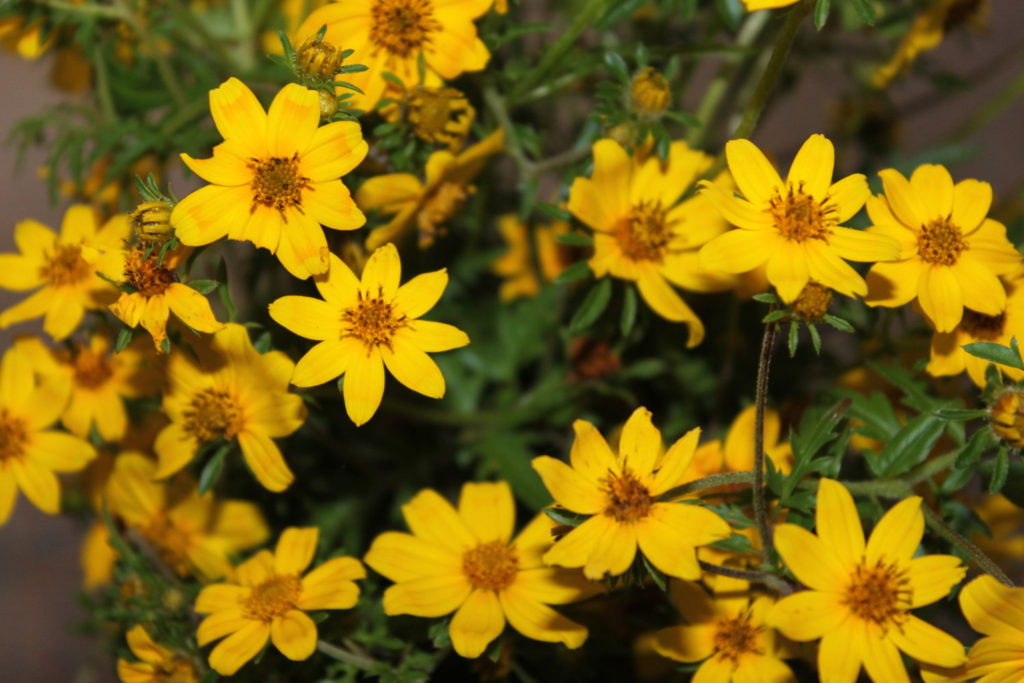
Celebrating Enkutatash in Ethiopia
The festivities to celebrate Ethiopian New Year begins with the lighting of wooden torches known as chibo, which is used in the burning of campfires to symbolise the coming of the new season of sunshine and a new beginning of life. The family would gather around the burning chibo campfire, while young boys and girls in the family would be engaged in singing and dancing under the moonlight. This is done in each household.
In Ethiopian Orthodox Church traditions, Enkutatash celebrations usually begin with church activities. The New Year church programs start after midnight on New Year eve and last into the early morning of the New Year.
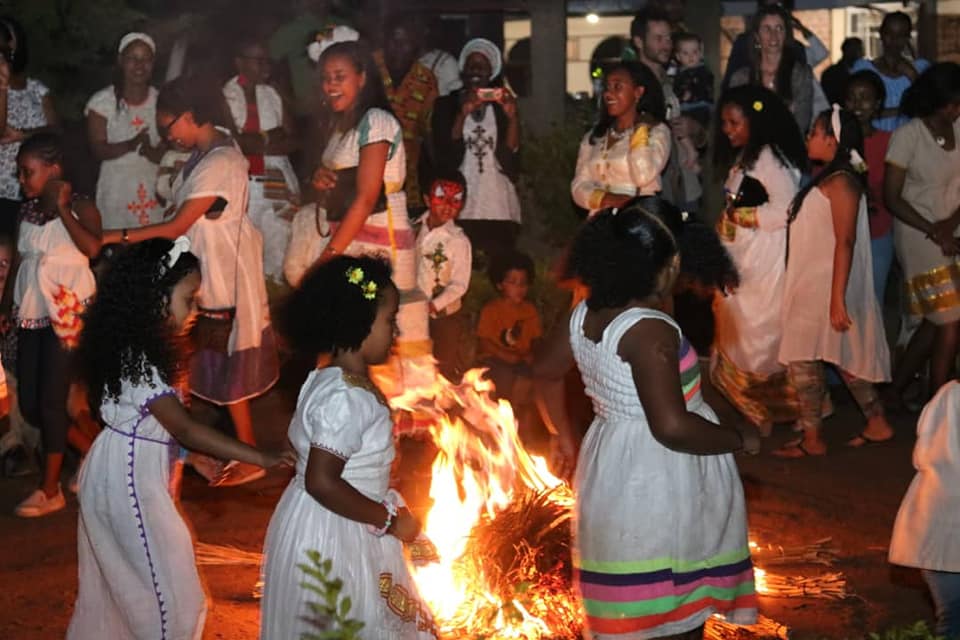
On New Year’s Day itself, livestock of either a sheep, goat, cow and chicken would be prepared for the special Holiday meals, which take place early in the morning as food plays a major part in the celebration of Enkutatash. The typical Ethiopian holiday dishes enjoyed for Enkutatas, include Doro Wot, Spicy chicken stew with egg, served with Injera flat Ethiopian bread, Dulet, a combination of minced meat, Yebeg Wot, Lamb stew, and Defo Dabo, home-made holiday bread wrapped and baked in banana leaves.
Drinks served during the celebration includes the Ethiopian traditional coffee ceremony, which is an important part of the celebration. The ritual of coffee serving and drinking, which usually last for hours, is an important social occasion offering an opportunity for the reunion of relatives and friends, and a chance to discuss the family and community matters while enjoying the holiday coffee, as well as feasting on Tej, homemade honey wine, Tela, homemade beer, and Araki, a strong homemade liquor typically made from grapes and aniseed.
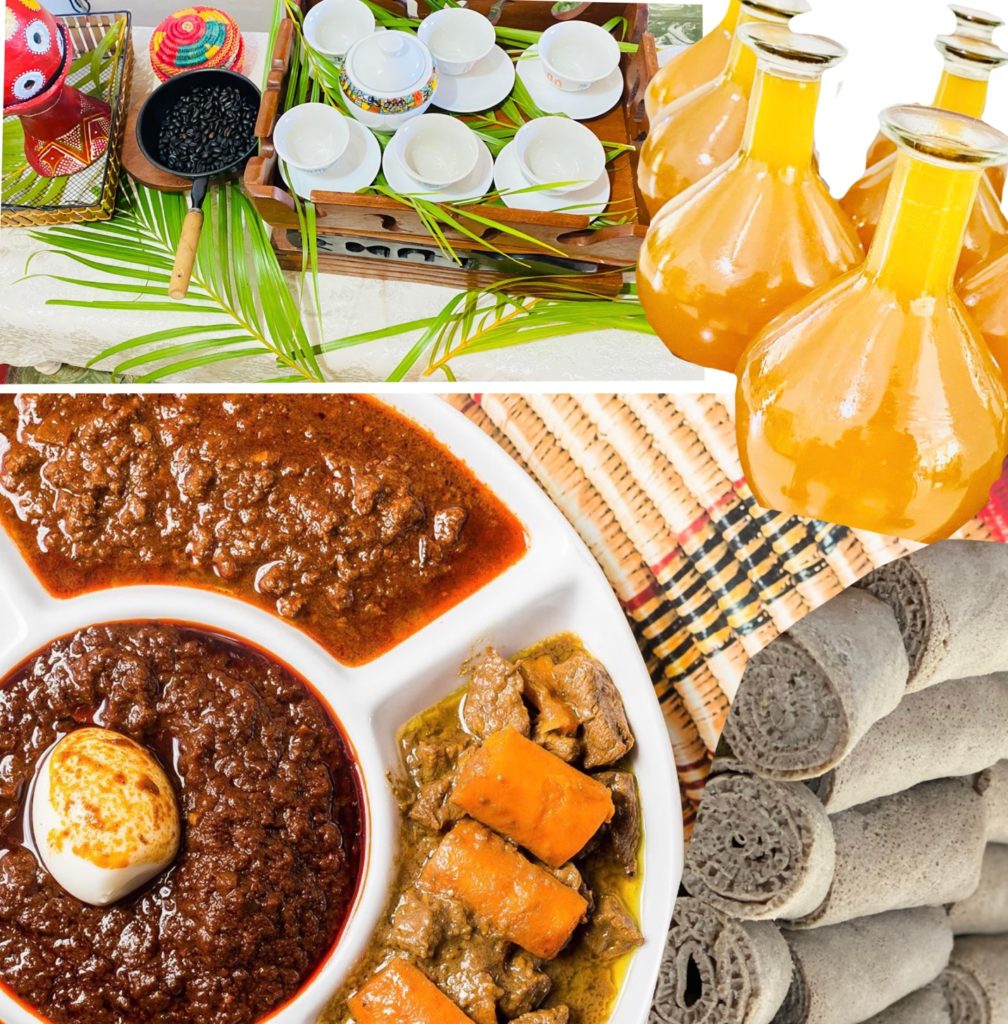
Throughout the day of festivities, the extended family gather to enjoy another traditional Enkutatash festivity. Enkutatash is also a very special holiday for children.
One in which the family usually gives children gifts, typically new attire, from parents as well as from community members.
The most anticipated event, involves the young boys and girls gathering in groups to go door to door singing and presenting gifts to the households.

Also, groups of girls, going separately, would sing in Amharic Abebaye Hoy – Lemelem, “I have seen flowers – blossoming,” with handheld drums and presenting bouquets of freshly picked golden yellow Aday Ababa flower, to again symbolise the arrival of the new year and springtime.
Not to be outdone, groups of boys also go door to door with their hand-painted colourful Ethiopian Orthodox iconic artwork that they prepared during the rainy seasons. In return, the young boys and girls receive homemade Mulemul Dabo, homemade small bread, and a token of money for their creative and entertaining efforts.
As the just-concluded Ethiopian Old Year, 2013 closes, a conflict has erupted in the country’s northern regional state, Tigray, between the government and Tigray forces, which has expanded into the Afar and Amara regions.
As a result, Ethiopians did not celebrate in the traditional manner, but welcomed the New Year with great uncertainty. However, there is hope for an early end to the conflict, as symbolised by the presence of Prime Minister Dr Abiy Ahmed, with members of the Ethiopian National Defense Forces at Maytemir frontline on Enkutatash Day.
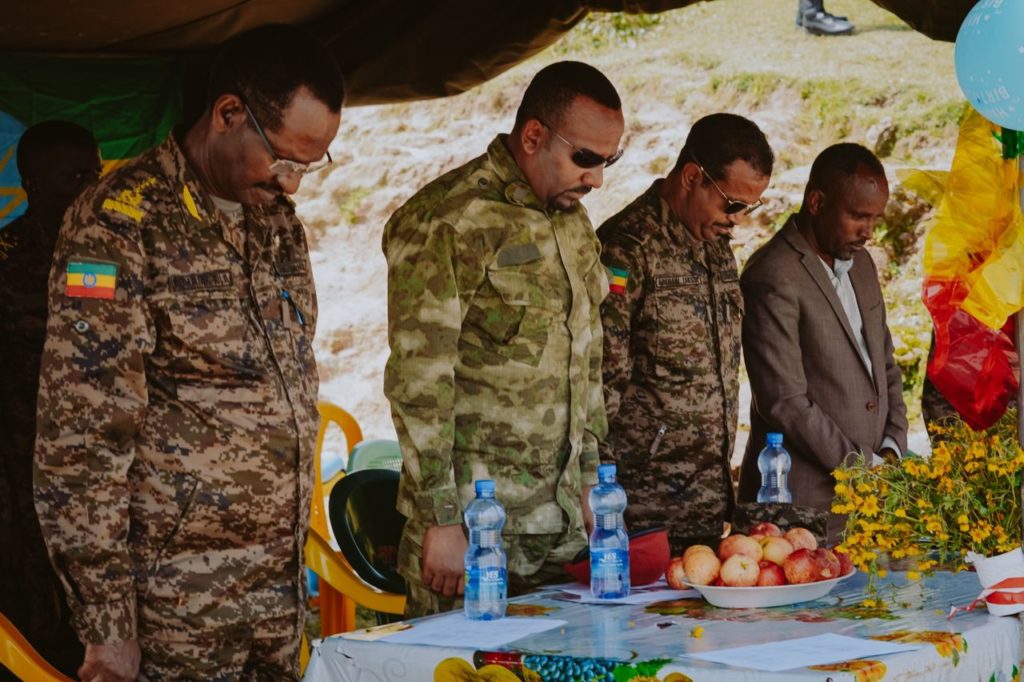
Ethiopians around the world are also hopeful that the New Year, 2014, will bring about better social, political and economic conditions as the impacts of the COVID-19 pandemic is brought under control locally and globally.
Enkuan Aderesachihu! Happy New Year to Ethiopians here in Jamaica and around the world from the Consulate of Ethiopia in Kingston, Jamaica.


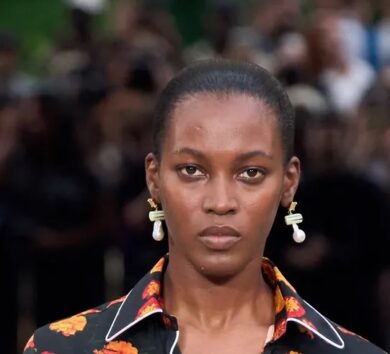




Comments